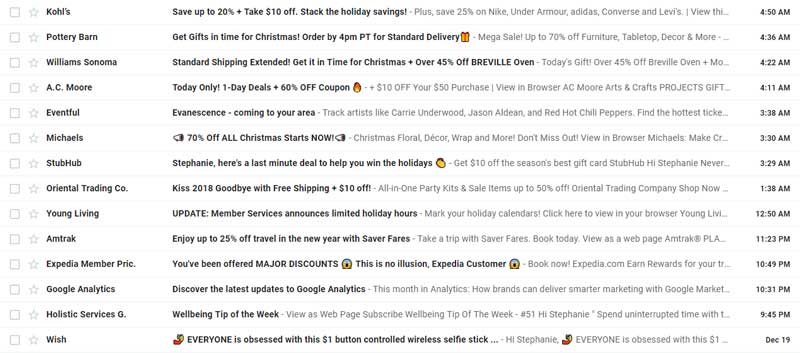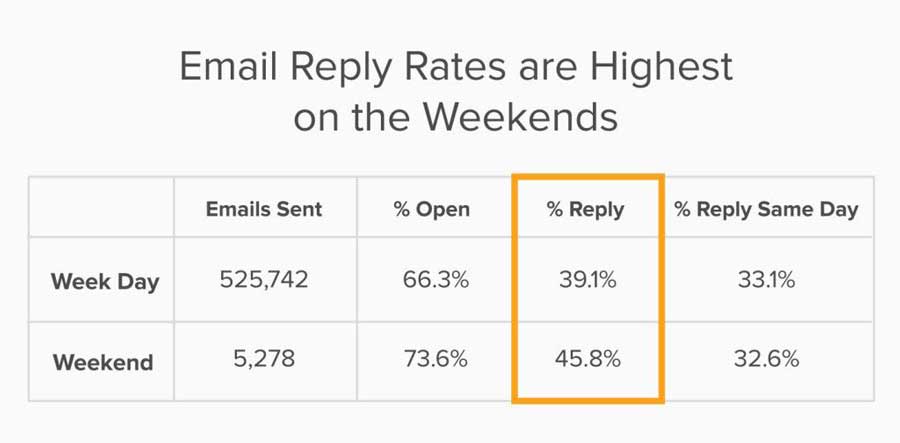Email Invites Going Straight to Spam? Try These Five Tips
It’s an event planners nightmare: you work hard to send out email invitations to people who have shown interest in attending your event, and your message goes straight to spam - ugh!
Luckily, there are a few things that you can do to make it more likely that your email lands in your potential attendee’s primary inbox.
1. Create a compelling subject line
The subject line of your email is the biggest factor in whether it gets sent to spam.
Avoiding words like “free” “money” and “reminder” are important in keeping your email out of the spam folder.
Check out a list of 200 words that commonly get emails rerouted to spamby clicking here.
Changing a subject line from “Reminder: Free Event Tonight” to “RSVP For April Symposium” can go along way in getting your invitation in front of your target audience. Stay away from mentioning money and resist the temptation to use words that imply urgency.
Effective subject words/lines to use:
- latest event
- tickets on sale now
- early bird discount
- upcoming event
- reminder
- RSVP
- free event tickets
2. Don’t overdo it
It can be tempting to blast your potential attendees with invitations and reminders, but doing so is likely to get you routed directly to their spam folder.
Reach out occasionally and resist the temptation to blast your email list with multiple invites each week - doing so is likely to have the opposite of the intended effect.

The latest research shows that most event planners prefer to send an initial invitation two to three months in advance, then send four to five follow-up emails over the months that follow.
While this is a good rule of thumb, it’s vital to know your audience.
More isn’t always better.
3. Be friendly
When possible, use the name of the person you’re writing to. Write in a friendly tone - not as a company that’s trying to get a stranger to make a purchase.
Crafting unique emails takes time, and spam filters know this.
Companies that are blasting people with an onslaught of invitations are likely to copy and paste last year’s wording or using language pulled from a template.
When you write to a person like you would a friend, their email software is more likely to recognize that you’re not using robotic language and push your email through to their inbox.
4. Consider your timing
To get your email seen by your target audience, think about when they’re most likely to check their email.
Mondays are often a good fit, but emailing first thing in the morning can cause your invitation to get buried with everything else that’s cropped up over the weekend.
Friday afternoons are notoriously bad, as many people have mentally (or physically!) checked out of the office and are ready for the weekend.
There’s no perfect time to send an invitation, but consider your audience and their typical schedules to help you decide when it makes sense to reach out.

5. Don’t bury the important stuff
You want your audience to read your full email, but burying the important information makes people less likely to read what you have to say than if you but an attention-grabber right at the beginning of your text.
On average, people look at an email for 11 seconds before choosing whether to delete or keep it.
It’s vital to grab their attention right away and clarify that what you have to say is worth at least a minute of their time.

Whether you bring up something awesome, that happened at last year’s event or tease them with a fabulous item that will be on the menu this year, make sure you get (and keep) their attention with your opening line.






